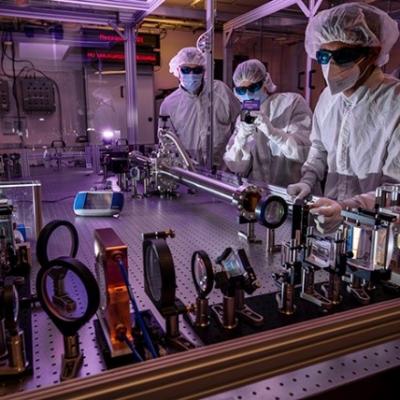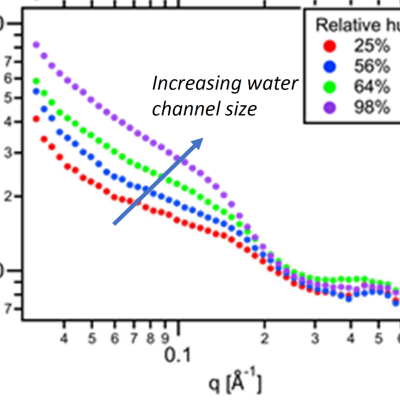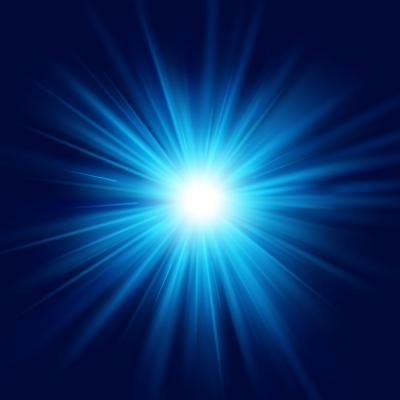This invention proposes achieving the same effect of a single, high intensity pulse through the use of a closely spaced burst of short duration pulses. By keeping the intensity of the individual pulses below the damage threshold the risk of catastrophic damage is greatly mitigated. Additionally, the pulses are directed to strike the target at locations temporally and spatially sufficiently…
Keywords
- Show all (84)
- Synthesis and Processing (20)
- Additive Manufacturing (9)
- Substrate Engraved Meta-Surface (SEMS) (7)
- Materials for Energy Products (6)
- Compact Space Telescopes (5)
- Diode Lasers (4)
- Laser Materials Processing (4)
- Material Design (4)
- Precision Optical Finishing (4)
- Optical Damage Mitigation (3)
- RF Photonics (3)
- 3D Printing (2)
- Additively Manufactured (AM) Optics (2)
- Fiber Lasers (2)
- Rare Earth Elements (REEs) (2)
- Direct Air Capture (1)
- Manufacturing Simulation (1)
- Precision Engineering (1)
- (-) Membranes (2)
- (-) Ultrashort Pulse Lasers (2)
Technology Portfolios

This invention proposes the use of a nonlinear spectral broadening subsystem as a post-CPA pulse compression add-on for high energy laser systems. The proposed solution utilizes the beam profile of a high peak power laser as a reference to shape a highly transmissive nonlinear plastic (e.g., CR39) itself to ensure a spatially homogeneous nonlinear spectral broadening.

LLNL researchers have developed a method to enhance the performance of polyelectrolyte membranes by using a humidity-controlled crosslinking process which can be applied to precisely adjust the water channels of the membrane.

LLNL researchers have developed an alternative route to protective breathable membranes called Second Skin technology, which has transformative potential for protective garments. These membranes are expected to be particularly effective in mitigating physiological burden.
For additional information see article in Advanced Materials “Ultrabreathable and Protective Membranes with Sub-5…


